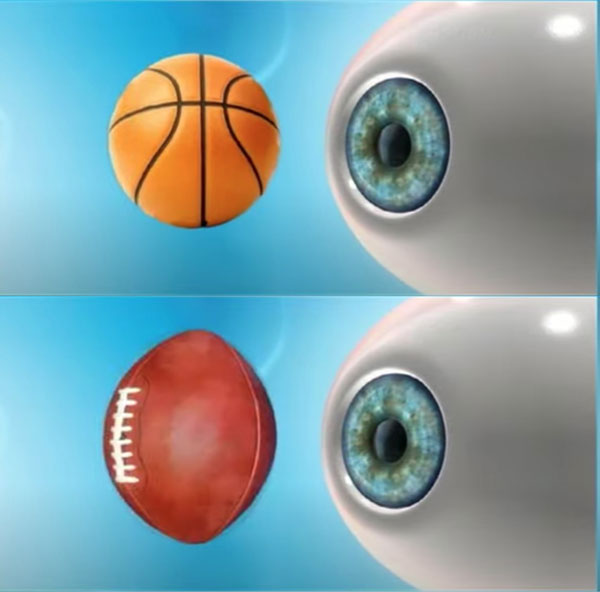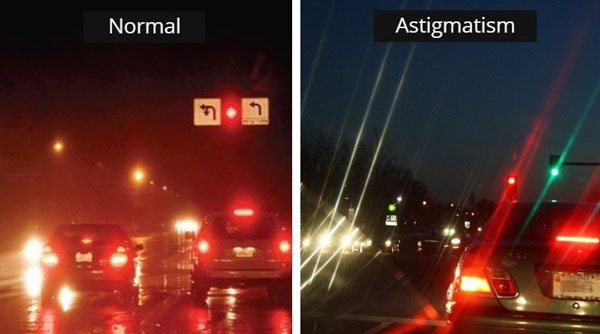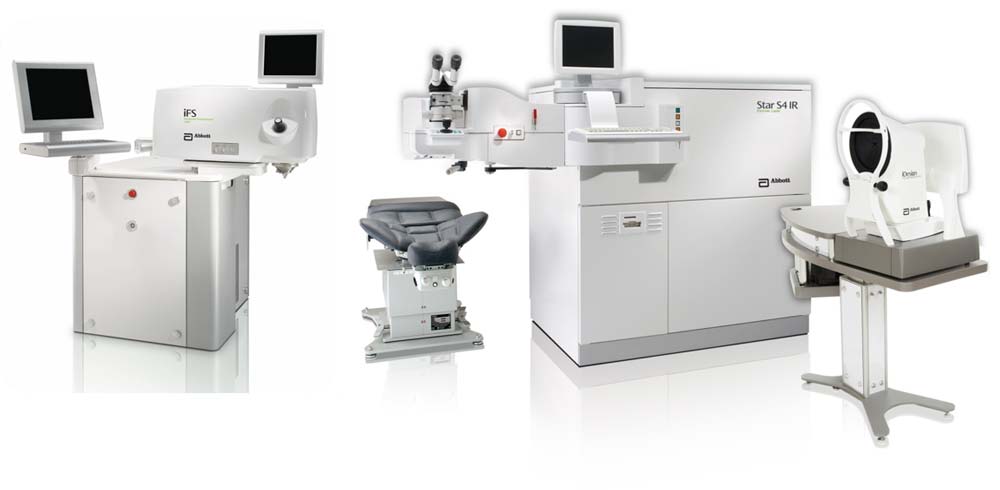

 YES!
YES!

My name is Anna Madsen. I have been diving since I was 16 years old. This hobby has crossed with my other passion: underwater photography. However having an astigmatism and wearing contacts it was very hard for me to focus and take pictures. After LASIK I could focus more on taking underwater photos and less time worrying about my contacts or glasses. Thanks Clearview!
- Anna Madsen

Everything is so beautiful and clear. I wore glasses for almost 40 years, and was legally blind without them, and had a huge astigmatism. I surf and snorkel almost on a weekly basis and I feel like I'm in another world compared to my condition prior to LASIK!
- John Dumas
Corneas shaped like football rather than standard sphere

This results in 2 rays in 2 different planes

Can cause difficulty seeing at night



The next step is for you to schedule a consultation to determine your candidacy.
During your consultation ask the surgeon all your questions.
SCHEDULE YOUR FREE
CONSULTATION NOW
* According to FDA Summary of Safety and Effectiveness Data (SSED); A prospective, single-center, monocular, measurement-only clinical study was conducted to evaluate if the modified iDESIGN® settings proposed for iDESIGN Refractive Studio system software v2.1 (i.e., slower fogging prior to autorefraction) resulted in reducing instrument accommodation. For this study, the iDESIGN® Refractive Studio with standard settings and modified settings to allow slower fogging speed were used. Inclusion criteria included: myopic refractive error with sphere and spherical equivalent (SE) up to - 11.00 D, cylinder between 0.0 and -5.00 D, hyperopic refractive error with maximum SE of +6.00 D, and cylinder between 0.00 and 4.00 D, and mixed astigmatism where the magnitude of cylinder (up to 6.00 D) is greater than the magnitude of sphere, and the cylinder and sphere have opposite signs; subject age between 18 and 55 years; monocular distance best spectacle corrected visual acuity (BSCVA) of 20/25 or better in the study eye; no soft contact lens wear for at least 12 hours and no rigid gas permeable contact lens wear for 1 month prior to the day of study measurements in the study eye; no prior ocular surgery or injury, and no concomitant use of systemic or ocular medications that may affect vision; no concurrent participation in any other clinical study; and no pregnant or lactating women.
** Donnenfeld E. Debunked: LASIK myths and misconceptions. Cat & Ref Surg Today, 2016: 59-63.
Change Your Vision,
Change your Life!
Copyright © 2024 Clearview Eye and Laser Medical Center in San Diego, California. All rights reserved.
LASIK is a medical procedure with risks involved and isn't right for everyone. Individual results may vary. Talk to your eye doctor and consider both the risks and benefits before having the procedure. Additional information can be found at our website or at fda.gov. the material contained on this site is for informational purposes only and is not intended to be a substitute for professional medical advice, diagnosis, or treatment. Always seek the advice of your physician or other qualified health care provider.